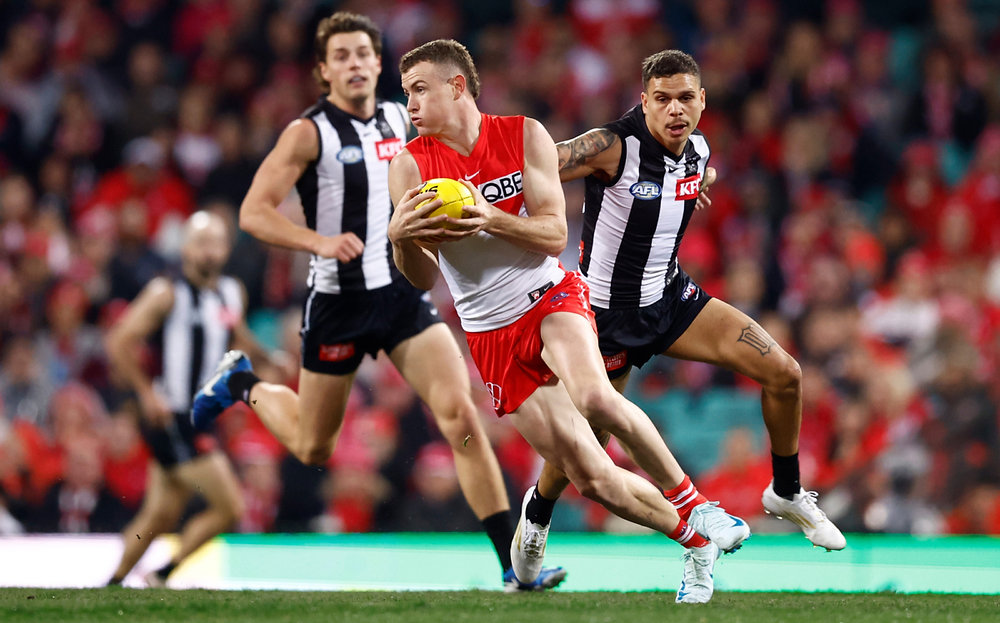Salary caps have become a vital part of maintaining competitive balance in major sports leagues like the NFL, NBA, and NHL. By setting a financial ceiling on what teams can spend on players, leagues aim to level the playing field, ensuring that smaller-market franchises have a fair shot at competing with wealthier organizations. This approach supports both financial sustainability and fan engagement by preventing a monopoly of talent on a few dominant teams.
Economists and sports management experts agree that while salary caps help promote parity, they can also limit player earnings and affect team-building strategies. For instance, in the NBA, the cap is accompanied by a “luxury tax,” which penalizes teams that overspend. Meanwhile, the NFL uses a “hard cap” structure that offers less flexibility but greater fiscal discipline. These nuances in cap enforcement influence everything from contract negotiations to free agency decisions.
Understanding the economic mechanics behind these caps is crucial for fans, stakeholders, and aspiring professionals in sports management. Salary caps aren’t just financial tools—they’re part of a broader philosophy that values competition, fan trust, and long-term league integrity. As teams navigate these constraints, they rely on analytics, strategy, and smart recruiting, proving that money alone doesn’t guarantee victory.






